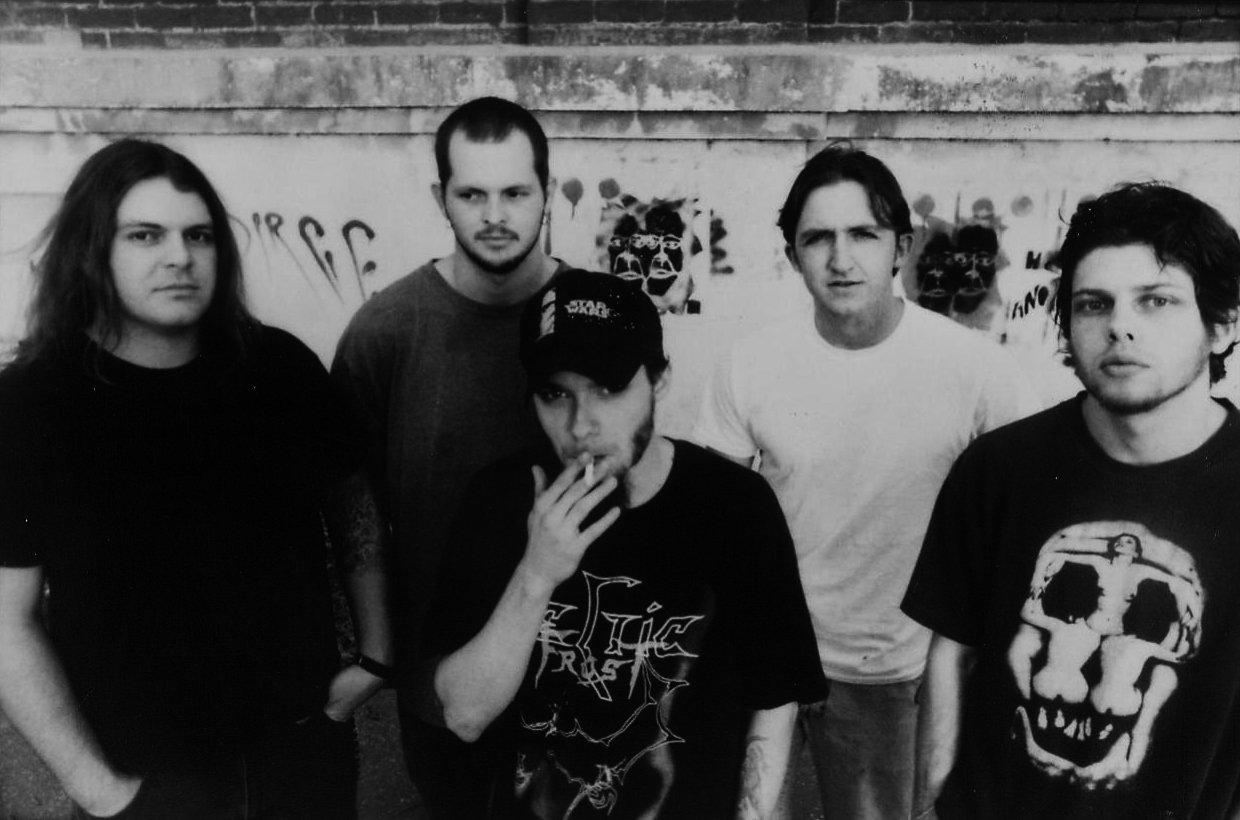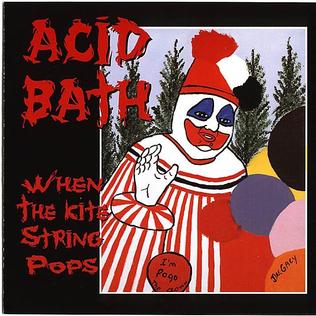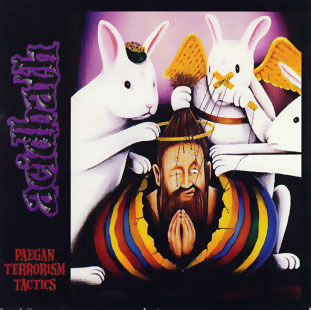Introduction
Metal is a remarkably diverse music genre, consisting of countless variations and elements within its vast scope. It is not solely the music that showcases this diversity, but also the lyricism, subject matter, and the range of emotions expressed. Despite the widespread misconception that metal is primarily valued for its music rather than its lyrics or vocals, I firmly disagree with this notion. While it is true that some songs and bands may appear nonsensical, absurd, crass, and sometimes derogatory in their lyricism and vocal delivery, there exist dedicated subgenres like Brutal Death Metal, Deathcore, and Goregrind that intentionally prioritize intense vocal styles and unconventional lyrics. These subgenres often serve as an acquired taste due to their somewhat unique approach. Nevertheless, it is worth exploring the facet of metal that captivates our thoughts and reflections—the type of lyrics that pique our curiosity and compel us to question the world around us.
Vocal Styles and Lyrical Themes
Since its inception in the early 1970s, Metal has been characterized by aggression, distorted guitars, nonconformist imagery, harsh vocals and overall sonic loudness. Over the years, metal has developed, branched out, matured, and refined resulting in an umbrella genre with a diverse portfolio of subgenres and each subgenre has its own way of depicting its collective set of unique ideas, thoughts, and emotions categorized in specific Themes. Most of these subgenres stick to a particular lyrical theme. The good thing about subgenres incorporating specific themes in their lyricism is that the listener can choose to listen to a particular subgenre based on his/her mood and most of the bands and songs will be about the same ideology/thoughts/emotions.
For example, Thrash Metal is a subgenre of Metal that primarily has lyrical themes revolving around Socio – Political critique, non – conformism, Dystopia, Apocalyptic, and Post Apocalyptic Themes, Personal Struggles, Conspiracy Theories like UFOS and N.W.O and Anti – Religion and Anti – Organizational ideology. While the themes mentioned here are diverse and broad in themselves, it’s the musical characteristics that differentiate Thrash Metal from other metal subgenres.
Some very popular Thrash Metal Songs
• “Master of Puppets” by Metallica - Talks about one’s personal struggles with drug addiction or any form of addiction and how the compulsive nature of the addiction encapsulates and becomes the for the person experiencing it.
• “Angel of Death” by Slayer - Sheds light on the atrocious and grotesque ways in which human experimentation was performed on the Jews by a Nazi Doctor named Josef Mengele during The Third Reich of Nazi Germany in the Auschwitz Concentration Camp.
• “Holy Wars…The Punishment Due” by Megadeth – Critiques the wars fought based on religious grounds, the aftermath, and the negative effects it has on people’s lives at an individual level. Gives a soldier’s perspective on the atrocities of war in general. Defames the corporations and governments that fund wars.
• “Madhouse” by Anthrax – Talks about a person who is going insane. Gives a point of view about how the person feels about being in a mental asylum while going insane.
The way I distinguish vocal styles in metal are:
• Clean Singing (Can be heard in most subgenres of metal, more prominent in Folk Metal, Symphonic Metal, Doom Metal, Gothic Metal, etc.)
• Yelling / Shouting (can be heard in Thrash metal, Power Metal, Sludge Metal, etc.)
• Guttural/Low Growls/False Chord (Brutal Death Metal, Goregrind, Grindcore, etc.)
• Death Growl (Death Metal, Melodic Death Metal, etc.)
• Vocal Shrieks (Black Metal)
• Vocal Frys / Rasp (Heard in Thrash Metal, Groove Metal, Nu Metal, Alternative Metal, etc.)
Most metal artists and bands incorporate a mixture of all of the above vocal techniques in their songs. So, it cannot be generalized that a particular subgenre would only be a particular vocal style. There are a few exceptions though, for example, Vocal Shrieks are only found in Black Metal. Death Metal only incorporates Death Growls and Gutturals. Most Symphonic Metal bands incorporate clean singing.
Themes and Subgenres
The aggression and non-conformist attitude is something that you’ll find and hear and all subgenres of metal. There is a commonality of aggression that stems from being pissed out about something that reflects in the music in the metal genre. Most of the major and popular metal genres will carry and talk about a theme that can be generalized to be an outburst of aggression towards something that is either wrong or unfair in the world. The general emotion of hate and anger is channeled toward something wrong, unfair, and deemed an injustice to an individual or a certain section of society. Most of the metal artists were victimized for something or the other either in their early childhood or during their teens like physical abuse, dysfunctional families, bullying, or stuff that make them feel like they were unheard and the emotion of hate and anger comes as a result of that.
This reflects in the type of music they write and the emotion in the lyricism.
The major subgenres that can be easily categorized based on a lyrical perspective are
• Early Heavy Metal (1970 - 1990): - The lyrics of heavy metal explore a wide range of topics including rebellion, darkness, personal struggles, and societal issues, and often emphasize the power of music as an outlet for self-expression and empowerment.
• Thrash Metal: - Lyrics and Music majorly targeting war, conspiracy theories, politics and the government. Questioning Establishment and Corporations
• Death Metal: - Lyrics and Music targeting the existence of the Human Race/Society and the ill effects of the existence of human civilization. Often presents a grotesque, utterly graphic, and gruesome way of portraying violence and negatives of human society such as homicides, cults, serial killers, criminals and other related subject matter.
• Black Metal: - Lyrics and Music targeting and questioning the existence of organized religion, doctrines, and religious dogmas often encompassing themes such as occultism, Satanic imagery, paganism, sometimes praising nature and the landscape.
• Nu Metal / Alternative Metal: - Lyrics and music questioning the certain ways how society and the stereotypes it withholds within it and correlating it with personal struggles.
• Doom Metal: - Lyrics and Music reflecting on addiction, despair, guilt, and self-introspection while painting haunting, dreadful imagery. Sometimes talks about witchcraft and occultism.
• Power Metal: - Mostly involves epic storytelling, heroic narratives and themes relating to fantasy. The moods of each song may vary but often involves uplifting and inspiring messages.
• Post Metal: - Lyricism often involves themes about spiritual awakening, self-catharsis, existentialism, abstract themes and introspection.
• Glam Metal / Hair Metal: - Lyricism is often about the rock and roll lifestyle, party culture and physical pleasures.
• Progressive Metal: - Lyricism is often about philosophy, spirituality, science fiction, futurism, abstract ideas and utopian ideology.
Other subgenres like Groove Metal, Goth Metal, Sludge Metal, Industrial Metal, Crossover Thrash and fusion genres like Metalcore, Deathcore, Crust Punk and Grunge carry similar lyrical inspirations from the above genres but with stylistic variations in the musical characteristics.
Here are some popular metal songs and their lyrical themes.
1. “War Pigs” by Black Sabbath (Early Heavy Metal): - War themes metaphorically represented as Evil or the Devil.
2. “Mouth for War” by Pantera (Groove Metal): - Channeling your inner rage and negative energy to do something productive
3. “Peace Sells” by Megadeth (Thrash Metal): - Breaking the stereotypes, talking about war and peace.
4. “Painkiller” by Judas Priest (Early Heavy Metal): - The song is about The Painkiller, a personage created by Judas Priest. He is sent to the world to destroy evil and rescue mankind.
5. “Spiritual Healing” by Death (Death Metal): - Questioning the religious practices, dogmas, rituals and blind faith.
6. “Inside the Fire” by Disturbed (Alternative Metal): - Tackling drug addiction and guilt-induced suicide due to the ingestion of drugs.
7. “Falling Away from Me” by Korn (Nu Metal): - Sheds light on child abuse and trauma
8. “Flesh Storm” by Slayer (Thrash Metal): - War themes, Global terrorism, talks about media houses and government bodies using violence as media bait.
9. “Wasted Years” by Iron Maiden (Early Heavy Metal): - Deals with the subject of homesickness, nostalgia, and the prime time of youthfulness.
10. “Blackened” by Metallica (Thrash Metal): - Talks about Nuclear Winter, the deterioration of the planet, abuse of the planet and global issues.
Conclusion
In conclusion, the lyrical analysis of metal music and its subgenres reveals the depth, diversity, and thought-provoking nature of this genre. From the aggressive and non-conformist attitude to the exploration of personal struggles, societal issues, and philosophical themes, metal lyrics offer a unique lens through which we can examine the world around us.
Through the vocal styles ranging from clean singing to guttural growls, metal artists express a range of emotions and channel their own experiences into their music. The different subgenres provide distinct lyrical themes that resonate with listeners who seek music that aligns with their moods and ideologies.
While metal may be misunderstood as a genre solely focused on heavy instrumentation, its lyrical depth should not be overlooked. The power of metal lies not only in its sonic intensity but also in the profound messages conveyed through its lyrics.
So, whether you are drawn to the socio-political critique of thrash metal, the questioning of organized religion in black metal, or the introspection and despair of doom metal, there is a subgenre and lyrical theme within metal music that can captivate your thoughts and emotions.
In the end, the lyrical analysis of metal music invites us to explore the human experience through the lens of aggression, rebellion, and introspection. It challenges us to question the world around us and find solace, empowerment, and understanding within the depths of this diverse and captivating genre. So, turn up the volume, delve into the lyrics, and let metal music take you on a lyrical journey like no other.
Here are some songs that I find very meaningful and uplifting.


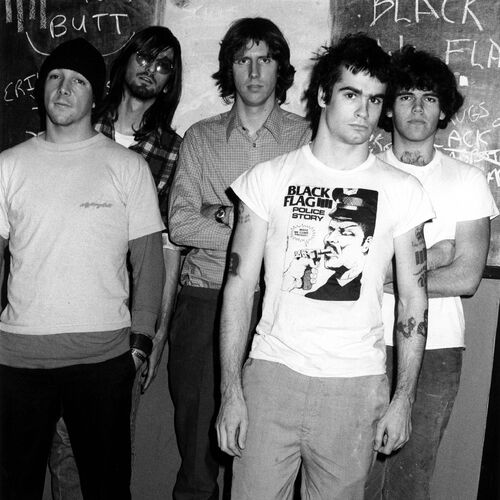


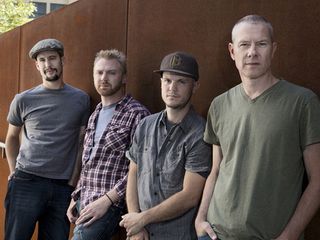
.jpg)


